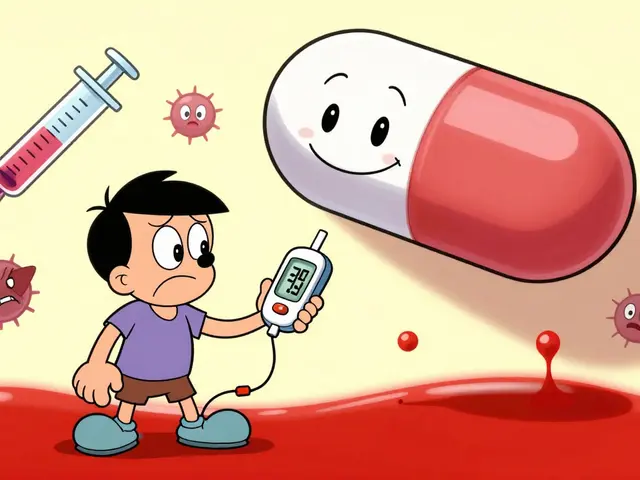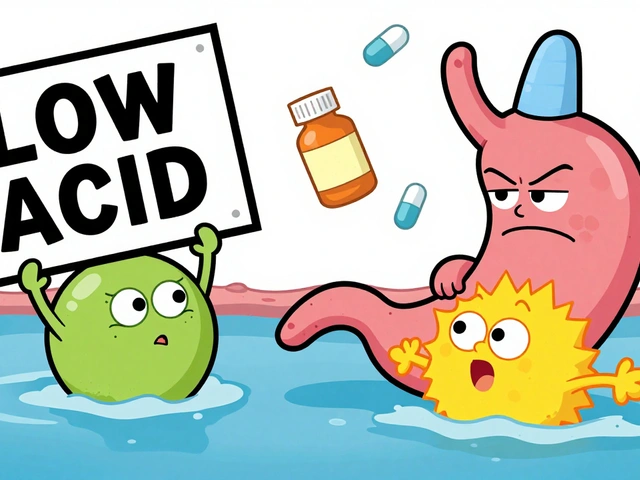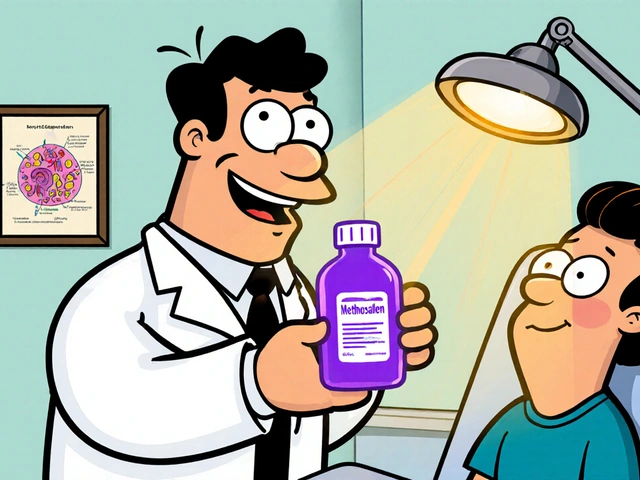Antihistamine: How they work and how to choose one
Allergic symptoms — runny nose, itchy eyes, hives — come from histamine. Antihistamines block histamine and take the sting out of allergies. This page gives straight, useful info so you can pick the right kind for your situation and avoid common problems.
Which type is right for you?
There are two big groups: first‑generation (older) and second‑generation (newer). First‑generation drugs like diphenhydramine (Benadryl) and chlorpheniramine act fast and work well for short-term problems, but they often cause drowsiness and dry mouth. People use them at night or for severe hives, or sometimes as a sleep aid.
Second‑generation antihistamines — loratadine (Claritin), cetirizine (Zyrtec), and fexofenadine (Allegra) — cause less sleepiness and are better for daily use during allergy season. They take a little longer to start but last longer, so they’re good if your symptoms are predictable. There are also targeted options: nasal sprays (azelastine, olopatadine for eyes) and prescription choices for stubborn symptoms.
Safety tips and interactions
Read the label and follow dosing directions. Don’t mix sedating antihistamines with alcohol or other sedatives — doing that increases sleepiness and slows your reflexes. If you have prostate problems, certain eye conditions, or take medicines for blood pressure or anxiety, check with a pharmacist or doctor before starting an antihistamine.
Pregnancy and breastfeeding need extra caution. Some antihistamines are considered safer than others, but your clinician can recommend the best option for you. Also tell your provider if you have heart disease, kidney issues, or glaucoma — they’ll guide you to a safer choice.
Timing matters. If you know you’ll be exposed to pollen or pets, start a non‑sedating antihistamine a day before exposure for better control. For sudden reactions, fast‑acting first‑generation drugs work quickly, but they are not a long-term solution.
Kids need kid‑specific formulations. Don’t give adult doses to children. Many over‑the‑counter options come in liquid or chewable forms with weight-based dosing on the label — follow those or ask a pharmacist.
Watch for side effects beyond sleepiness: some people feel dry mouth, headache, or mild stomach upset. If a medicine makes you unusually drowsy, avoid driving or operating heavy machinery until you know how it affects you.
If antihistamines don’t control symptoms, your doctor may suggest combining treatments — nasal steroids, eye drops, or allergy shots — depending on what’s causing your allergies. Want specific drug comparisons or safer alternatives? Check our detailed articles for picks and real‑world tips that match your needs.





